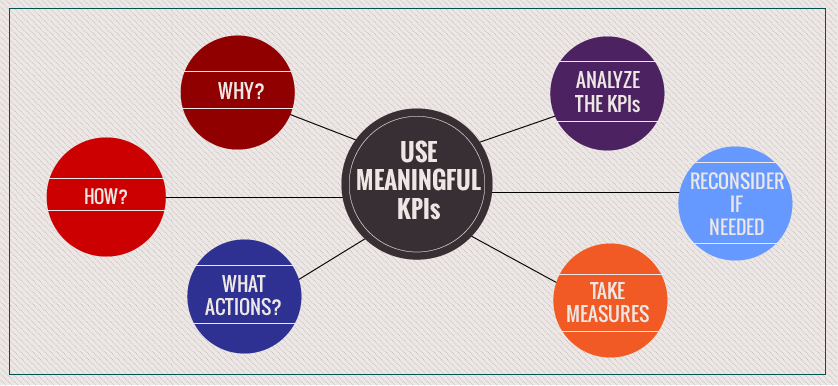Why Innovation Needs a Strategy

Image source: Mario Gogh | Unsplash
Needless to say, innovation has become a necessity for organizations. Innovation influences a firm’s performance and helps them to gain a competitive advantage and become market leaders. Companies claim to exert tremendous efforts in embracing innovation, yet many still do not have a clear innovation strategy and are unable to clearly align it with their overall business strategy. Some would opt to just embed it within their values or cultures, or as a business attribute, without having a clear plan and system for its effective implementation.
PwC’s Innovation Benchmark (2017) showed that 54% of the surveyed companies (>1200 respondents) reported that they are struggling in bridging the gap between business strategy and innovation strategy. Companies would make enormous investments in innovation, however, they do not see the returns from these investments. This is mainly because there is no alignment between their innovation strategies and their business strategies.
There is no such thing as the “right innovation strategy”. Companies need to determine and create their own innovation strategy to fit their business needs such as business strategy, culture, and organizational structure. But why would companies go through all this hustle? Why is there a need for companies to create an innovation culture when they may already have a strong business strategy in place?
The answer is simple: it helps companies to have successful innovation management. Innovation strategy aids organizations to know whether there is a need to innovate, to what extent, and in what areas. Accordingly, a company’s innovation strategy should be communicated across their organization; all the way from the CEO down to the most junior person in the workplace.
Katz, Du Preez, & Schutte (2010) highlighted that innovation strategy can be described in two roles: the first one is an improvement role or, in this case, the “improvement innovation strategy”. The second role is a future business role or the “future business innovation strategy”. For the improvement role, innovation strategy does the following:
- Aligns a firm’s objectives with innovation objectives;
- Acts as a guide for the type, level, and influence of innovation needed to attain a firm’s objectives;
- Allocates a firm’s resources between daily operations and innovation initiatives; and
- Creates a road plan for a firm to effectively utilize resources for innovation.
In relation to the future business role, the innovation strategy aids firms to determine when and how to selectively abort the past (such as old methods and actions). This will also enable firms to direct their attention towards future business. In other words, the future business strategy would oblige a company to alter its pattern, position, or perspective strategy, which, in turn, pushes the firm to move from the current business and develop future business.
Consequently, there is no doubt that firms today need to innovate permanently within their organizations. However, they must do so in a strategic way. Here are some ideas on how you can do that within your firm:
- Revisit your business strategy and make sure it is updated to your current business context.
- Analyze your organization’s assets, competition, market opportunities, and the firm’s culture.
- Consider the following components when defining your innovation strategy: type, level, impact, risks, collaboration, place, maturity, resources, and drivers.
- Determine the right timing for market entrance in case of product or service innovation.
To sum up, there is no such thing as the perfect innovation strategy. It is a strategic management decision that should be carefully taken by the most senior leaders in the workplace. It has to be shared with each and every individual so that it is reflected right from the beginning of the innovation process. Considering the nine components mentioned above is essential to be able to develop your innovation strategy.
The first four components (type, level, impact, and risk) help the company to have the right blend of innovation needed to bolster the firm’s objectives and goals. As for collaboration (impacts the level of financial and human resources), place (assists the balance between the types of resources) and resources (divides the resources between the daily operations, innovation initiatives, and innovation capability improvement), they provide a guideline of the allocation of resources for innovation. The last two components are drivers and maturity which make the company ready to innovate their future business.



 In 2019, the Performance Magazine editorial team interviewed Dr. Mark Powell, business writer, consultant & entrepreneur, and Jonathan Gifford, business author & speaker, on the topic of business innovation, specifically on how businesses could greatly improve by replicating the daring, yet highly successful model of performance arts.
In 2019, the Performance Magazine editorial team interviewed Dr. Mark Powell, business writer, consultant & entrepreneur, and Jonathan Gifford, business author & speaker, on the topic of business innovation, specifically on how businesses could greatly improve by replicating the daring, yet highly successful model of performance arts.
